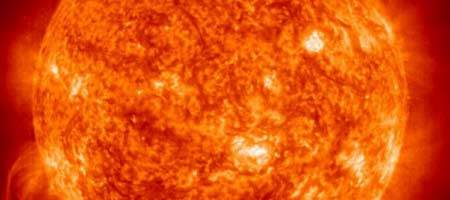By harvesting waste heat, researchers from the US Department of Energy’s National Renewable Energy Laboratory (NREL) have for the first time built a solar cell with an external quantum efficiency over 100 percent.

A cell’s external quantum efficiency is the number of electrons flowing per second in its external circuit, divided by the number of photons per second entering it, and is different at different wavelengths.
The best result for the NREL solar cell was 114 percent. it means, says the team, that solar energy has a competitive future, making it possibly cheaper than energy from fossil or nuclear fuels.
The team used a process called Multiple Exciton Generation (MEG), whereby a single absorbed photon of appropriately high energy can produce more than one electron-hole pair per absorbed photon.
Ten years ago, NREL scientist Arthur J Nozik predicted that MEG would be more efficient in semiconductor quantum dots – tiny crystals of semiconductor – than in bulk semiconductors.
Quantum dots, by confining charge carriers within their tiny volumes, can harvest excess energy that otherwise would be lost as heat – and therefore greatly increase the efficiency of converting photons into usable free energy.
The researchers hit the 114 percent external quantum efficiency with a layered cell consisting of antireflection-coated glass with a thin layer of a transparent conductor, a nanostructured zinc oxide layer, a quantum dot layer of lead selenide treated with ethanedithol and hydrazine, and a thin layer of gold for the top electrode.
They claim the fabrication of quantum dot solar cells lends itself to inexpensive, high-throughput roll-to-roll manufacturing.






